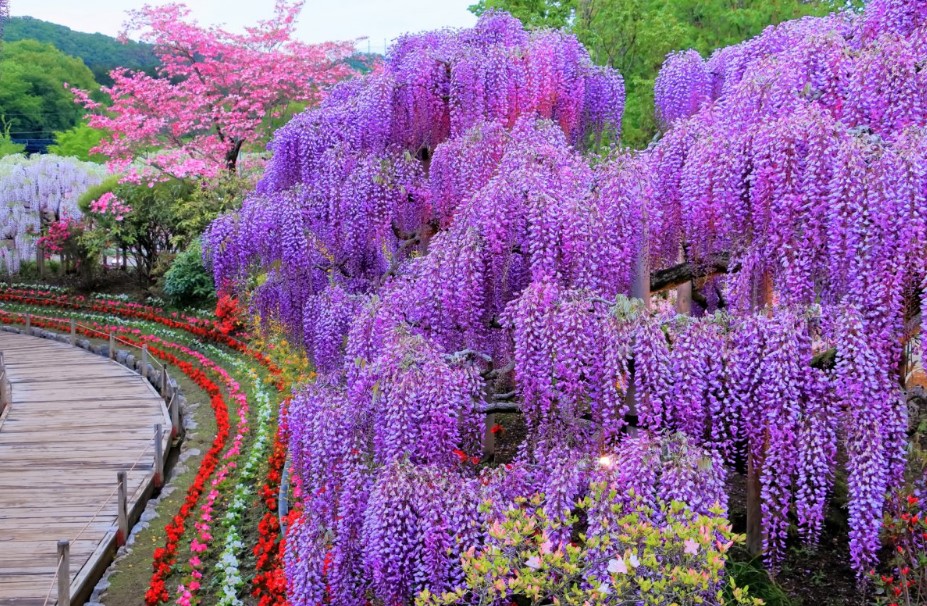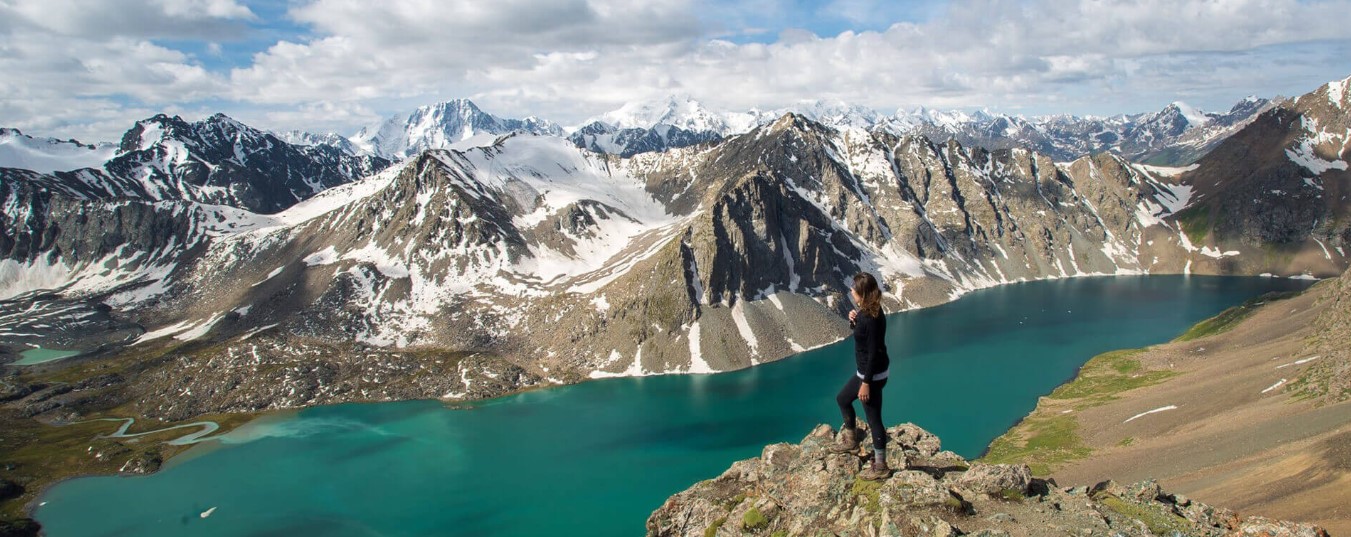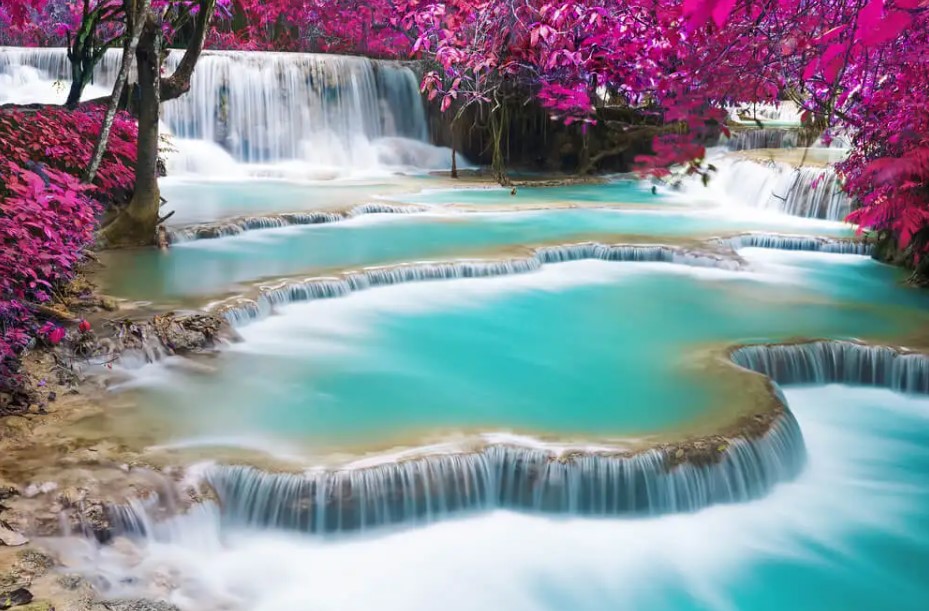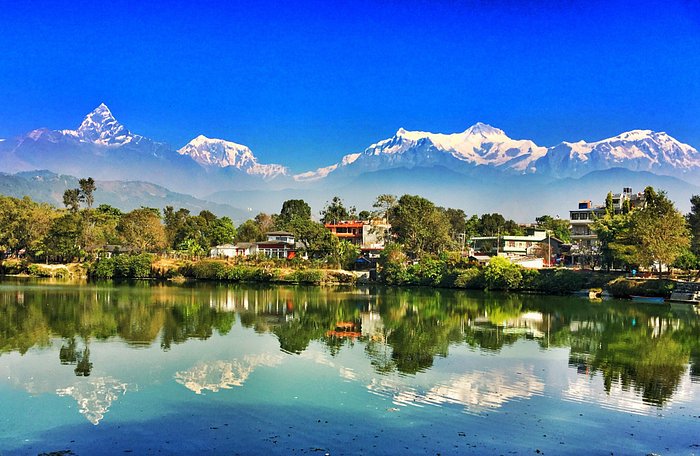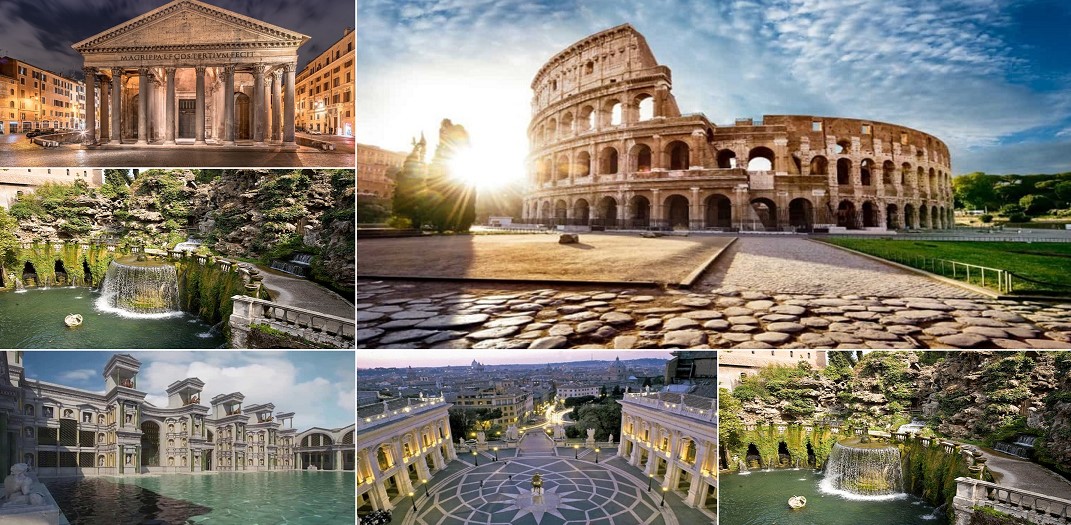Absheron National Park in Azerbaijan is a stunning destination that offers a perfect blend of natural beauty, cultural heritage, and outdoor adventure. Nestled on the Absheron Peninsula, this national park is a must-visit for nature enthusiasts, history buffs, and adventure seekers alike. From lush landscapes to ancient monuments, here's your comprehensive travel guide to Absheron National Park.
Table of Contents
Introduction / Getting There / Flora and Fauna / Historical Landmarks / Outdoor Activities / Local Cuisine / Accommodation Options / Best Time to Visit / Sustainability and Conservation / Travel Tips / Conclusion / FAQsIntroduction
Absheron National Park is a jewel of Azerbaijan, encompassing a diverse range of ecosystems and attractions. This protected area is a haven for nature lovers, offering a chance to experience Azerbaijan's rich biodiversity up close.
Read: 25 Best Places to Visit in Azerbaijan
Getting There
Traveling to Absheron National Park is relatively easy. The park is conveniently located about an hour's drive from the capital city, Baku. Visitors can take a taxi, rent a car, or join a guided tour to reach the park. The scenic drive along the Caspian Sea coastline is an experience in itself.
Flora and Fauna
The park boasts a remarkable variety of flora and fauna, with more than 50 species of mammals, 20 species of reptiles, and numerous bird species. The Gaval Dash, a massive flat stone with mysterious ancient carvings, is a significant attraction. The park is also home to the endangered Caspian seal.
Historical Landmarks
Absheron National Park is not only a natural wonder but also a historical treasure trove. The Ateshgah Fire Temple, a UNESCO World Heritage Site, is a highlight. This ancient Zoroastrian temple has a history dating back to the 17th century and showcases the region's cultural and religious heritage.
Outdoor Activities
For adventure seekers, the national park offers a plethora of outdoor activities. Hiking trails wind through diverse landscapes, leading to panoramic viewpoints. The park's coastline invites beachcombing and picnicking, while the nearby mud volcanoes create a unique experience.
Local Cuisine
Exploring Absheron National Park isn't complete without savoring the local cuisine. Traditional Azerbaijani dishes, such as plov (pilaf), dolma (stuffed grape leaves), and succulent kebabs, are a delight for the taste buds. Visitors can enjoy these dishes at local eateries and roadside stalls.
Accommodation Options
While the park itself doesn't offer accommodation, nearby Baku provides a range of lodging options to suit different budgets. Luxury hotels, cozy guesthouses, and modern apartments are available for a comfortable stay during your visit.
Best Time to Visit
The best time to explore Absheron National Park is during the spring and autumn months, from April to June and September to October. The weather is pleasant, and the landscapes are at their most vibrant during these seasons.
Sustainability and Conservation
Absheron National Park places a strong emphasis on sustainability and conservation. The park management works closely with local communities to ensure responsible tourism practices and protect the delicate ecosystems within the park.
Travel Tips
Wear comfortable walking shoes and light clothing.
Carry sunscreen, insect repellent, and a reusable water bottle.
Respect local customs and traditions.
Hire a local guide for a more enriching experience.
Conclusion
Absheron National Park offers a captivating journey through nature, history, and adventure. Whether you're a wildlife enthusiast, a history lover, or simply seeking a peaceful escape, this park has something to offer for everyone.
FAQs
Is Absheron National Park suitable for families with children? Absolutely! The park's diverse attractions make it an ideal destination for families.
Are there any guided tours available within the park? Yes, you can find guided tours that offer insights into the park's history, ecology, and culture.
Can I visit the park in winter? While winter visits are possible, the best time to explore is during the milder seasons of spring and autumn.
Are there any entrance fees to the park? Yes, there is a nominal entrance fee that contributes to the park's conservation efforts.
What's the significance of the Gaval Dash? The Gaval Dash is a historical flat stone with enigmatic carvings, believed to have served as a place of worship in ancient times.














